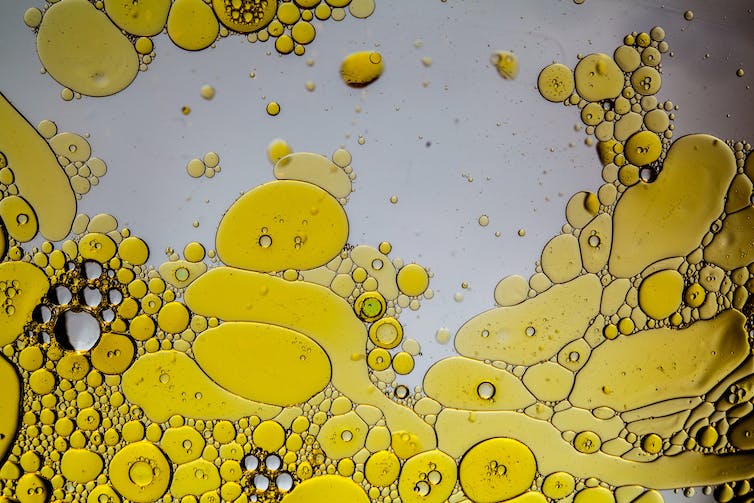A new 3D-printing technique using silicone can make accurate models of the blood vessels in your brain, enabling neurosurgeons to train with more realistic simulations before they operate, according to our recently published research.
Many neurosurgeons practice each surgery before they get into the operating room based on models of what they know about the patient’s brain. But the current models neurosurgeons use for training don’t mimic real blood vessels well. They provide unrealistic tactile feedback, lack small but important structural details and often exclude entire anatomical components that determine how each procedure will be performed. Realistic and personalized replicas of patient brains during pre-surgery simulations could reduce error in real surgical procedures.
3D printing, however, could make replicas with the soft feel and the structural accuracy surgeons need.
3D printing is typically thought of as a process that involves laying down layer after layer of melted plastic that solidifies as a self-supporting structure is built. Unfortunately, many soft materials do not melt and re-solidify the way the plastic filament that 3D printers typically employ do. Users only get one shot with soft materials like silicone – they have to be printed while in a liquid state and then irreversibly solidified.
Researchers are exploring 3D-printing organs using living cells.
Shaping liquids in 3D
How do you make a complex 3D shape out of a liquid without ending up with a puddle or a slumping blob?
Researchers developed a broad approach called embedded 3D printing for this purpose. With this technique, the “ink” is deposited inside a bath of a second supporting material designed to flow around the printing nozzle and trap the ink in the place right after the nozzle moves away. This allows users to create complex shapes out of liquids by holding them trapped in three-dimensional space until the time comes to solidify the printed structure. Embedded 3D printing has been effective for structuring a variety of soft materials like hydrogels, microparticles and even living cells.
However, printing with silicone has remained challenging. Liquid silicone is an oil, while most support materials are water-based. Oil and water have a high interfacial tension, which is the driving force behind why oil droplets take on circular shapes in water. This force also causes 3D-printed silicone structures to deform, even in a support medium.

Interfacial tension is what causes oil droplets to form on water and silicone to deform.
Baac3nes/Moment via Getty Images
Even worse, these interfacial forces drive small-diameter silicone features to break into droplets as they are being printed. A lot of research has gone into making silicone materials that can be printed without a support, but these heavy modifications also modify the…


